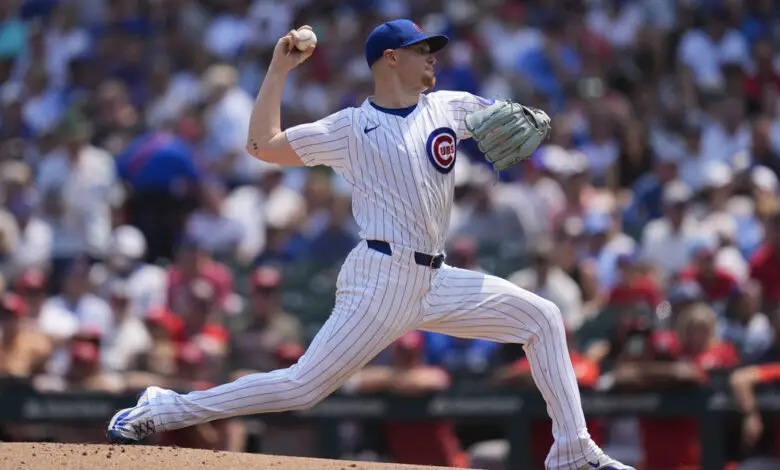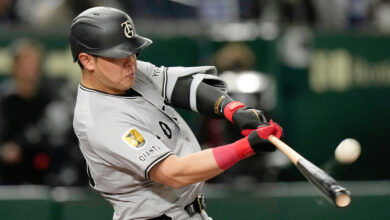
Cade Horton Saving Cubs’ Season One Short Start at a Time
Where would the Cubs be without Cade Horton? It’s a question that needs to be asked, and one that should lead more people to realize how instrumental Horton has been to a team teetering on mediocrity for a little while now. He has now thrown 23.1 scoreless innings in a row, the longest streak by a rookie in Cubs history, and his 3.18 ERA over 79.1 innings puts him in the conversation with Matthew Boyd and Shota Imanaga as part of a playoff rotation.
The Oklahoma native was a top prospect right out of the gate, as most seventh-overall picks tend to be, and rose quickly to Double-A in his first professional season. Injuries limited him to just 53.2 total innings in college and a shoulder issue derailed his 2024 campaign, leading to valid concerns about his workload this season. He’s now at 108.1 innings, a career high by 20 innings, and it’s clear the Cubs are being very judicious with him.
Horton has reached 90 pitches on four occasions this season, but his pitch count has dropped in each of his last four starts. That includes a season-low 67 pitches against the Reds on Wednesday afternoon, though he landed 56 (83.6%) for strikes in what currently stands as the highest strike percentage by any pitcher in MLB (min. 50 pitches) this season and the highest from a Cubs starting pitcher since 2000. Expect the team to continue limiting his workload after having to call him up a little sooner than preferred.
He opened the year with six starts at Triple-A, posting a 1.24 ERA and 0.86 WHIP, and would have stayed down for a while longer had injuries not ravaged the rotation. Justin Steele went on the shelf for the season in early April, then Imanaga injured his hamstring less than a month later. Knowing they could no longer keep wasting his bullets in the minors, Horton was called up to face the Mets on May 10 and hasn’t looked back.
The rookie encountered a few bumps in the road, as all newcomers do, but he has been unhittable since the All-Star break. One of the most impressive things about Horton’s recent stretch is his efficiency, which isn’t something you’d expect from a big strikeout pitcher. But despite what he showed in college and in the minors, Horton is proving he can get outs without whiffs.
He’s been using his sinker more often, subsequently lowering the usage of his sweeper and changeup, and is generating grounders at a higher clip than usual. His 47.3% groundball rate is in the 73rd percentile, allowing him to escape jams and limit damage with just one pitch rather than three or more. As nice as it would be to see him miss more bats, working efficiently is more important for now.
With the offense slumping as of late, quality starts have become a necessity. Even if his outings are shortened going forward, having Horton in the rotation gives the team a much-needed breath of fresh air during the dog days of summer.

